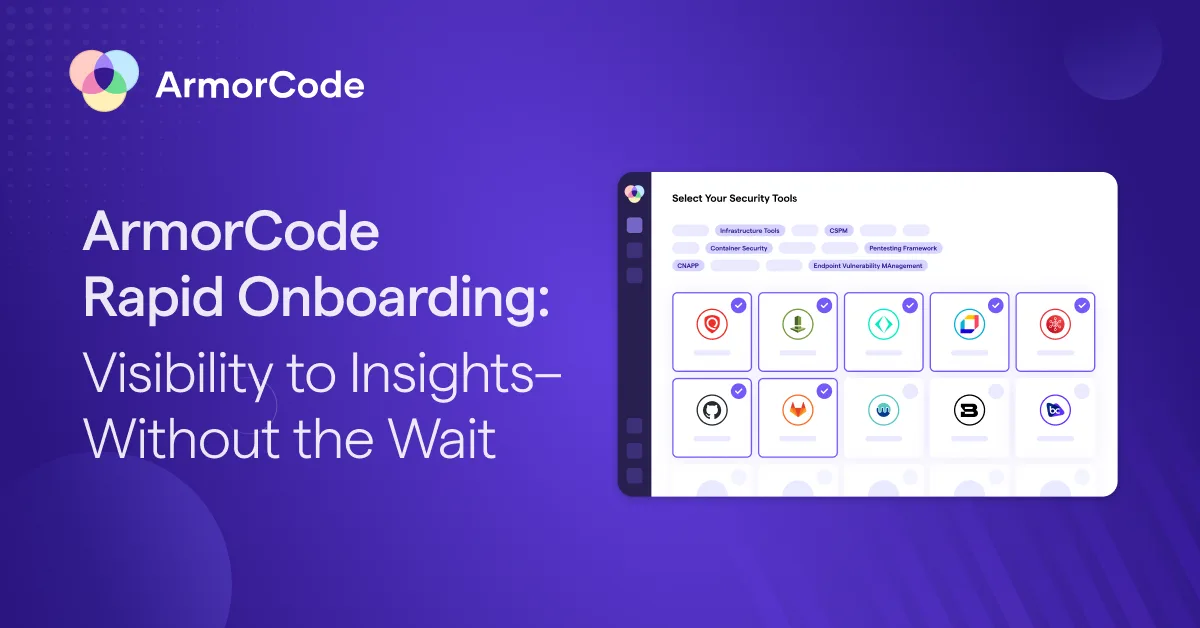AppSec is App Sec is application security. If you build software applications, of any size, on any target platform, in any language, and for any sort of purpose, then you should be incorporating AppSec, through an AppSec program. An AppSec program will help protect applications from external threats and exploitable vulnerabilities from development through to production and should be a core branch of any security program for development houses.
“The intended goal of (an) AppSec program is to implement measures throughout the code’s lifecycle to prevent gaps in the application security policy or the underlying system through flaws in the design, development, deployment, upgrade, or maintenance of the application.” – The OWASP Application Security Program Quick Start Guide
What happens without good AppSec in place?
There is a range of maturity in AppSec programs, and what’s right for your organization depends on a number of factors. In general, a mature AppSec program protects against:
- Poor user sentiment due to distrust in data handling that can injure your external reputation
- Internal distrust in application security that can harm engineering corporate culture
- Long, difficult (sometimes impossible), and expensive recovery efforts in remediation for compromised systems
- Fines and penalties due to non-compliance with industry or regional security regulations, or Service Level Agreements (SLAs)
According to IBM’s Cost of a Data Breach Report 2022, the average total cost of a data breach now stands at 4.35M USD, with cost savings associated with fully deployed security AI and automation averaging 3.05M USD.
What happens when you have a good AppSec program?
“You can treat the move from DevOps to DevSecOps as another step in the DevOps journey. But it’s more like a transformation for your development organization and your entire business.” – A guide to implementing DevSecOps, Opensource.com
As you mature as an organization, and subsequently mature your AppSec program, you will see positive results from this undertaking. A mature AppSec program leads to:
- Greater confidence and trust, both internally and externally, in your company and products
- Faster and more isolated remediation efforts in the case of security incidents
- Repeatable software security practices across the software development lifecycle
What is AppSec in a nutshell?
AppSec is application security. It’s the activities that go into making sure that software applications are designed, built, and run securely. Like any cybersecurity area of practice, this first involves identifying, classifying, and triaging the threats to an application. It also covers the set of remediation activities to guard against threats including monitoring the app and environment, minimizing threats once in the environment, and recovering effectively from security incidents.
Application security makes for happy customers and users, plus protects software developers and app owners from fines and penalties due to security non-compliance and data leaks, and costly remediation efforts down the line.
Application security, like any pillar corporate program, requires a considered combination of people, processes, and technology, with built-in feedback loops for updating and upgrading as new important information comes to light.
Read: Top 5 Organizational AppSec Challenges blog
People: Who is responsible for AppSec?
The first principle of security is that everyone is responsible for security. That is, security needs to be embedded at each level of the organization, from the Chief Security Officer (and/or Chief Information Security Officer) and cybersecurity management teams, through to mid-management, and to developers and contractors.
Each person has a role to play in application security and developing and deploying considered AppSec programs within repeatable frameworks ensures that everyone is on the right page.
Listen: Security Training across the Organization podcast
Processes: What are the main components of application security?
Secure coding practices
By building code that has best-practice security by design, we help eliminate easy mistakes. This includes coding standards such as error handling, input validation, etc.
Vulnerability management
By evaluating where security issues lie in the code, these can be prioritized and then corrected by developers. Vulnerabilities need to be identified at every stage of development and across every environment.
Threat modeling
This involves determining the threats to an application and developing strategies to help mitigate these threats.
Access control
Users must have the right level of access to resources given their role and responsibilities, with passwords or other identity protection in place. Strong authentication and authorization should be in place by default.
Encryption
Important app data must be encrypted at rest and also while in transit. Appropriate data storage and transmission standards and protocols must be met.
Security testing and monitoring
Processes for managing various testing and monitoring efforts, such as Static Application Security Testing (SAST) and Runtime Application Self-Protection (RASP), should be incorporated into the lifetime of the application.
Incident response
Organizations should develop plans for incident response in the case of a security event.
Technology: What technologies underpin AppSec?
AppSec tools come in many different shapes and sizes, from open-source libraries and small testing tools, through to full suites and orchestration solutions. Each has their focus area and usage, and no solution is a silver bullet that covers everything.
For small teams in particular, creating a managed AppSec environment can be a challenging undertaking, as building comprehensive application security guardrails takes a significant amount of time. What’s important is to have some way of identifying vulnerabilities at each stage of the SSDLC and technologies that can support your ability to triage and respond to issues.
Generally, this results in a handful of testing, monitoring, and scanning tools with different focus areas, and, once you have multiple scanners in place, an overarching platform to manage these and orchestrate remediation workflows. For those looking for a faster way to implement an application security program, they can take advantage of the OWASP Application Security Verification Standard, plus use AppSecOps solutions such as the ArmorCode AppSecOps platform, along with the recommended set of AppSec tools.
Take a look at AppSecSanta’s list of 70 Best Free and Paid Tools for a full view of the current technologies landscape.
How does AppSec fit into DevSecOps?
“DevSecOps is an evolution of DevOps that weaves application security practices into every stage of software development right through deployment with the use of tools and methods to protect and monitor live applications.” – Gitlab
DevSecOps has driven a culture and process shift for many organizations. When application security is considered from a DevSecOps perspective, the activities involved are not post-development tasks, they are integrated at all stages of a Secure Software Development Lifecycle (SSDLC). With security woven into all stages of the SSDLC, there is a much tighter alignment between security and development. However, these changes have created new pains, such as a massive number of security alerts from multiple tools that security teams must struggle to correlate and triage. These changes are what drives the need for AppSecOps.
Discover modern AppSec solutions with ArmorCode
ArmorCode empowers organizations with modern solutions to help manage application security and integrate it into current developer, ops, and security workflows. Discover how the ArmorCode AppSecOps platform can supercharge security teams’ impact and help them keep pace with the speed of software development. Request a Demo to see how our platform works in action.




